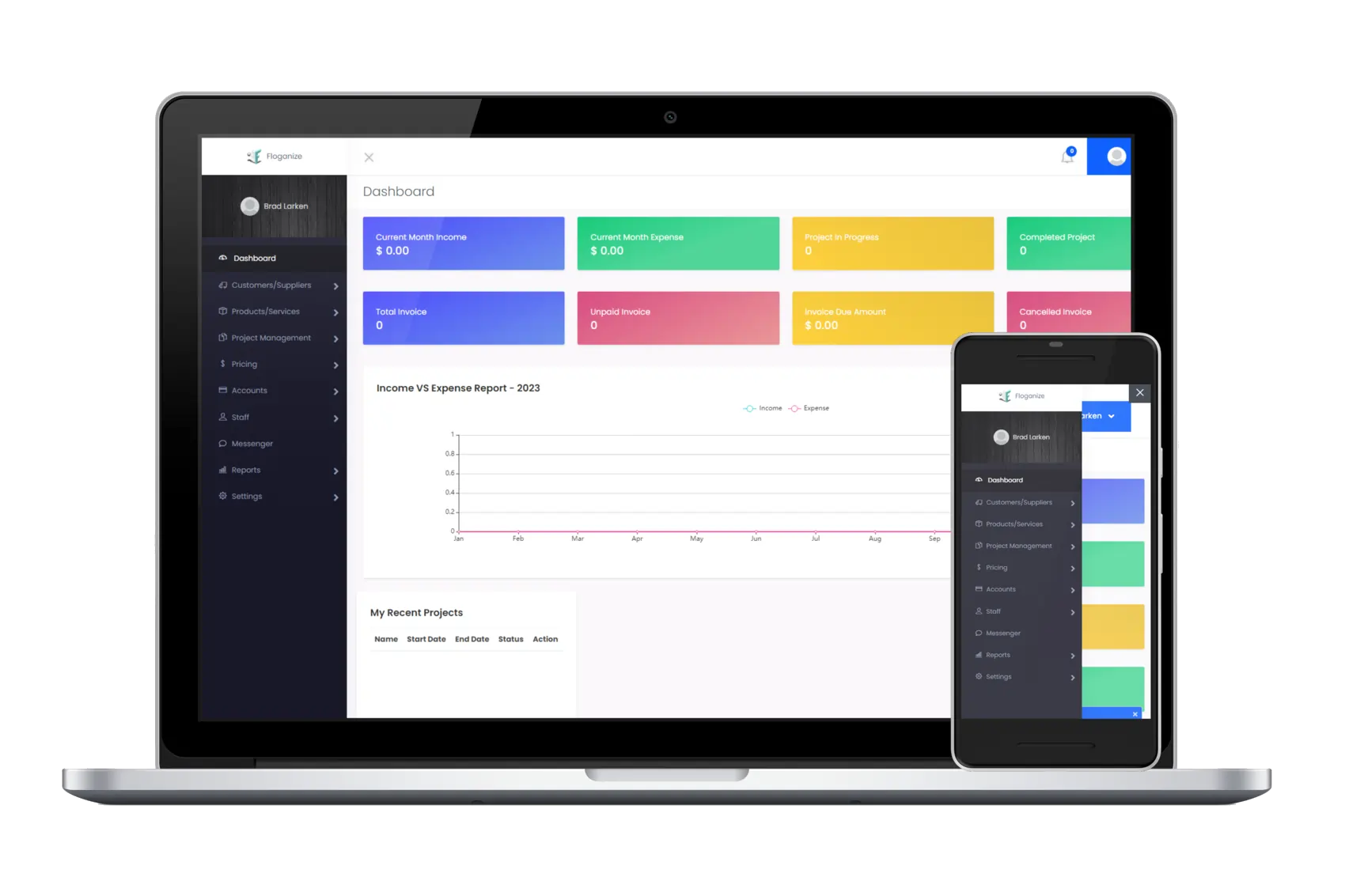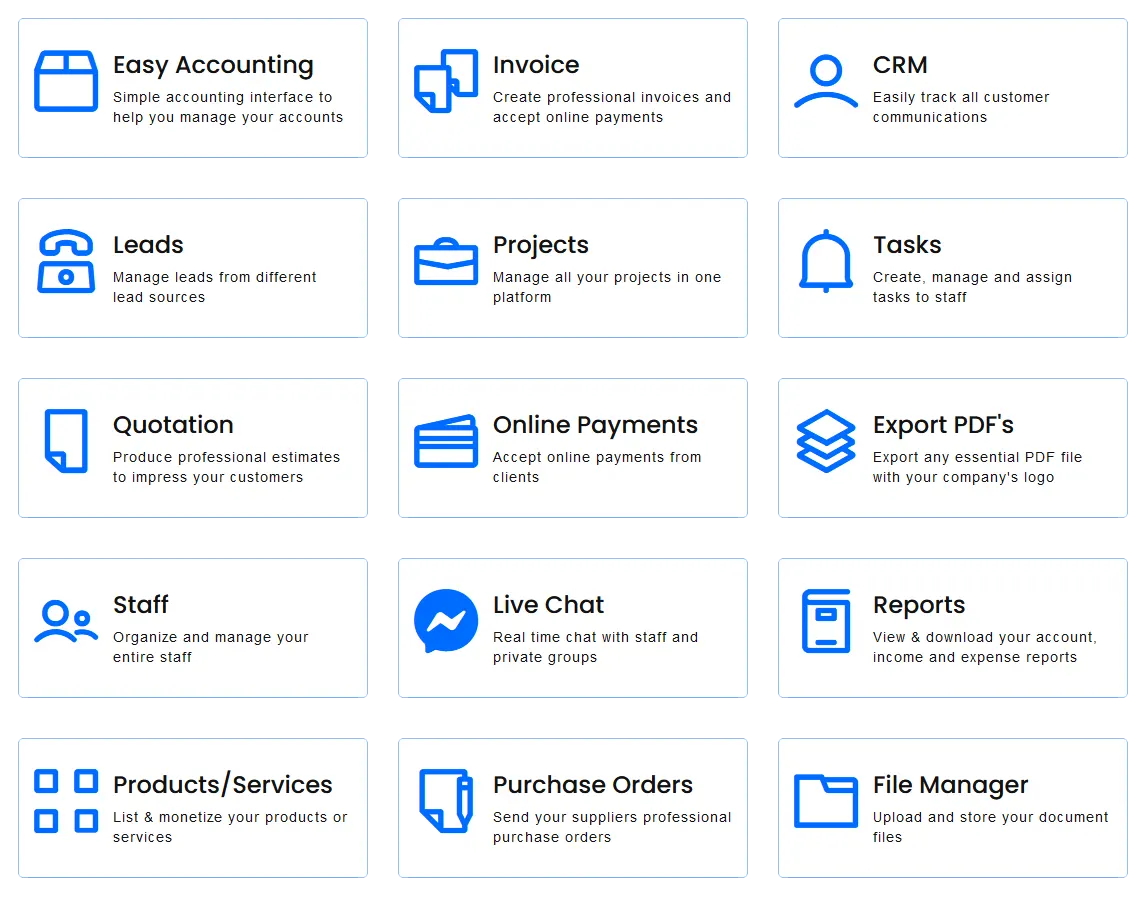Navigating Uncertainty: Risk Management in Project Planning
What Is the Risk Management in Projects?

Risk management in a project is the process of identifying, assessing, prioritizing, and mitigating the potential risks that could impact the successful completion of a project. The purpose of risk management is to reduce the likelihood of negative events occurring, and to minimize the impact of those events that do occur.
The following are the main steps involved in risk management in a project:
1. Risk Identification: Identify potential risks that may impact the project. This may include risks related to the project scope, schedule, budget, quality, resources, stakeholders, and other relevant factors.
2. Risk Assessment: Analyze each identified risk to determine its likelihood and potential impact on the project objectives. This involves evaluating the probability and impact of each risk, and determining the level of risk exposure.
3. Risk Prioritization: Prioritize the identified risks based on their level of risk exposure, and the potential impact they could have on the project objectives. This will help to focus risk management efforts on the most critical risks.
4. Risk Mitigation: Develop strategies to mitigate the identified risks. This may involve taking actions to avoid or minimize the risks, transferring the risks to another party, accepting the risks, or developing contingency plans to deal with the risks if they occur.
5. Risk Monitoring and Control: Monitor the identified risks throughout the project lifecycle, and take appropriate actions to manage and control them. This may involve implementing risk response plans, updating risk assessments, and communicating with stakeholders about the status of the risks.
Effective risk management is an essential part of project management, and can help to ensure that projects are completed on time, within budget, and to the required level of quality.
Who Should Identify the Risk Management in a Project?

Identifying and managing risks in a project is a team effort, and it is the responsibility of everyone involved in the project to contribute to the risk management process. However, the primary responsibility for identifying and managing risks usually lies with the project manager.
The project manager should lead the risk management process by identifying potential risks and assessing their likelihood and impact. The project manager should also prioritize the risks based on their level of exposure and develop strategies to mitigate them.
However, project team members, subject matter experts, and other stakeholders can also contribute to the risk identification and management process. They can provide insights into the specific risks associated with their areas of expertise, as well as contribute to the development of risk response plans.
Effective risk management requires a collaborative approach, with everyone working together to identify, assess, and mitigate risks throughout the project lifecycle. By involving everyone in the process, the project team can develop a comprehensive and effective plan that helps to ensure project success.
What Are The Benefits Of Knowing The Risk Management In Projects?
Knowing the risk management process in projects has several benefits, including:
1. Improved Project Planning: Risk management enables project managers to identify potential risks and develop contingency plans before they occur. This can help to improve project planning and reduce the likelihood of schedule delays, budget overruns, and other project issues.
2. Increased Project Success: By mitigating potential risks, project managers can increase the likelihood of project success. This can help to ensure that project objectives are achieved on time, within budget, and to the required level of quality.
3. Better Decision Making: Risk management provides project managers with the information they need to make informed decisions. This can help to improve the accuracy of project forecasts and enable project managers to make decisions based on data, rather than assumptions.
4. Enhanced Stakeholder Confidence: Effective risk management can help to enhance stakeholder confidence in the project. This can lead to increased stakeholder support and cooperation, which can in turn help to reduce project risks.
5. Improved Team Morale: Knowing that risks have been identified and are being managed can help to boost team morale. This can create a more positive and productive working environment, which can improve project outcomes.
Overall, understanding risk management in projects is essential for project success. By identifying and managing potential risks, project managers can improve project planning, decision making, stakeholder confidence, and team morale, ultimately leading to a more successful project outcome.
When Is The Best Time To Utilize A Risk Management Process?
The best time to utilize a risk management process is during the planning phase of a project, and then throughout the entire project lifecycle. This procedure should be an ongoing process that is integrated into all phases of the project, from initiation to closeout.
During the planning phase, the project team should identify potential risks and assess their likelihood and impact. This will enable them to develop a comprehensive plan that includes strategies for mitigating, avoiding, or accepting risks.
As the project progresses, the project team should continue to monitor and assess risks and implement risk response plans as necessary. Risk management should be an ongoing process that is integrated into project management activities, such as project status reviews, change control, and issue management.
Utilizing a risk management process throughout the project lifecycle helps minimize the impact of potential risks on project outcomes. It can also enable the project team to proactively address potential issues, leading to a more successful project outcome. By continuously evaluating and mitigating risks, project managers can ensure that the project stays on track, on budget, and on schedule, and that the project objectives are achieved.
Risk Management in Project Completion Summary

Risk management is an important aspect of project management that entails identifying, assessing, prioritizing, and mitigating potential risks that could jeopardize a project’s success.
The process should be ongoing throughout the entire project life cycle, from start to finish. The project team should identify potential risks during the planning phase and develop a risk management plan that includes strategies for mitigating, avoiding, or accepting risks. Additionally, the project team should prioritize risks based on their level of exposure and devise a strategy to address them.
The project team should continue to monitor and assess risks throughout the project lifecycle, and implement responsive plans as needed. This can help to reduce the impact of potential risks on project outcomes, ensuring that the project remains on track, within budget, and on time, and that the project objectives are met.
Project planning, decision making, stakeholder confidence, and team morale can all benefit from effective risk management. It can also increase the likelihood of project success, resulting in a positive outcome for all project stakeholders.
Floganize – The All-In-One Business Management Software
If you want to learn about our powerful business management software, then please click here to view the Floganize tutorials educational page. You can sign up today for a free 14-day trial! Simply click here and enjoy all of the powerful features that will simplify your daily business tasks!


